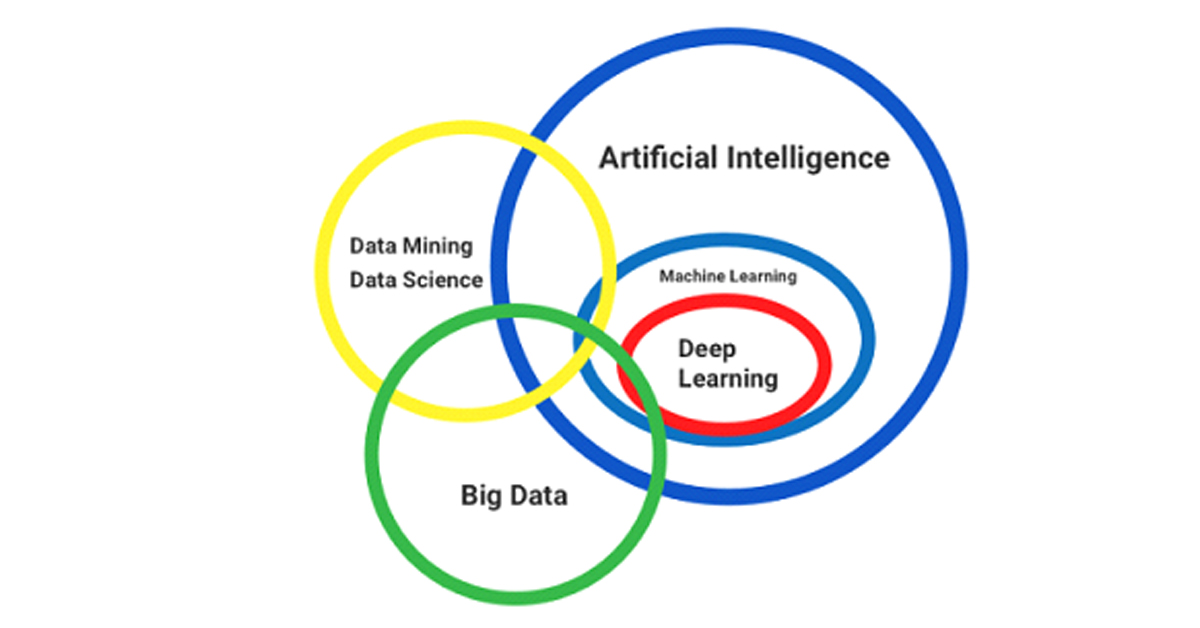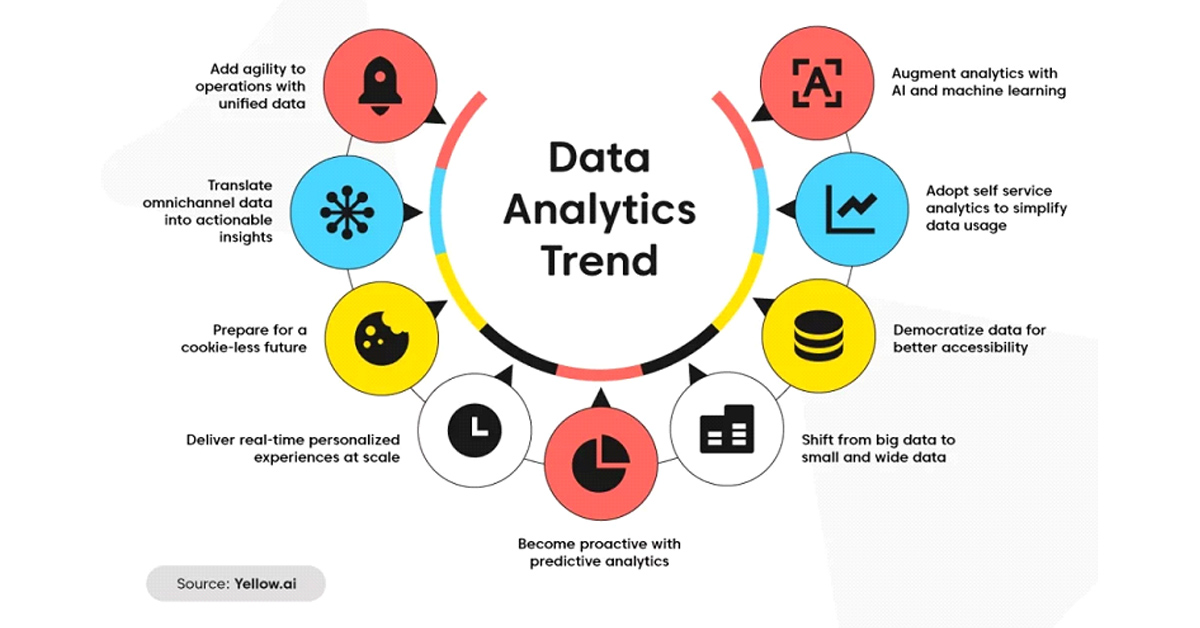
The future of decision-making is made a convenience with Artificially intelligent ways of doing things. The era that we live in is charged with AI-regulated data; that enables big business. Allow yourself time to investigate and comprehend what it takes to reap the highest possible benefits out of it all.
The world of data science is expanding at an alarming rate. The big data analytics global market size sits at USD 307.52 billion currently; and is stipulated to surge by leaps and bounds in the years to follow (Gartner). Big players in the market include Microsoft Corp, Splunk, IBM, Oracle, Accenture, and AWS, among many others. Data analytics is the way of converting raw data into actionable insights. The sheer process of yielding data insights comes with a range of tools, technologies, and processes that enable impactful trends to guide and solve problems. This allows for shaping business processes thereby enhancing decision-making, and fostering multitudinous business growth. Let us understand how AI works in data analytics and more.
Understanding AI Analytics:

AI Analytics is the product of automating data analysis. Artificial Intelligence, machine learning, and deep learning technologies are increasingly enabling easy analysis of unstructured data. AI analytics tools such as NLP, speech analysis transcription, and computer vision for video and image analytics are beaming high.
|
TRADITIONAL ANALYTICS |
AI ANALYTICS |
|
Relies on structured data |
Easily compatible with structured, semi-structured, and unstructured data |
|
Involves significant manual work |
Automates tasks such as data cleaning, feature engineering, model building, etc |
|
Dependent on human interpretation; thereby leading to error due to guesswork |
Uses ML algorithms to process data consistently |
Role of Artificial Intelligence in Data Analytics:
AI in data analytics deploys artificial intelligence in communion with data science streamlining data processing; and offering higher efficiency. Businesses no longer rely on human intervention for data interpretation. Artificial intelligence can spot trends and produce results based on training.
Popular Use Cases of AI in Data Analytics:
Industrial Use Cases of AI in Data Analytics:
The health sector has been deeply impacted by AI via medical imaging, AI-powered systems, automated diagnostics, and disease identification. The pharmaceutical industry has massively benefited from AI by yielding AI-driven research; making understanding drug interactions easier to comprehend.
Credit assessments, investment, and trading have seen a massive shift in the way they were conducted earlier. With the introduction of Artificial intelligence, it has been noticed that financial institutions have started to offer optimized services to their clients.
With customer segmentation and a real-time understanding of industry dynamics; AI has become a key facilitator in analyzing datasets to categorize consumers based on behavior, preferences, and demographics. This granular segmentation aids in designing targeted marketing strategies to improve engagement and conversion rates.
Harnessing vast amounts of data in the manufacturing sector has led to timely equipment maintenance procedures; thereby leading to minimizing downtime, and ensuring consistent quality and output. Optimizing and automating supply chain operations has led to streamlining and assigning timely equipment runs.
By closely monitoring and understanding the unique tastes and preferences of diverse consumer segments; businesses can optimize engagement, maximize conversions, and ensure their marketing expense efficiently.
AI-driven transformation is the rise of predictive analytics. From distilling insights from massive datasets to enabling telecom companies to delve deeper into diverse areas. User behaviors intricate network operations, and understanding customer behavior with heightened precision are some of the popular benefits of AI in telecom.
AI enables an easy resolution for complexities of ever-evolving customer preferences and operational challenges. AI-enabled data analytics allows travel and hospitality enterprises to segment their audience with surgical precision; via discerning travel habits.
How can AI Analytics help businesses?
The four major pillars of AI analytics- NLP, ML, Deep learning, and Neural networks form the basis of the magic revealed in businesses of all sizes. The top benefits of using AI analytics in businesses are listed below:
Gaining strength and a massive competitive edge with AI-powered data analytics workflow is the key to the multitudinous growth of the business landscape. By deeply comprehending the various functions of AI analytics, companies can use its benefits to gain a competitive streak over other industries. From fraud detection to extracting key insights from large language models and datasets; charting a new course for data teams and businesses at large is facilitated by AI.
Future Trends:

AI in data analytics has been a massive reveal to unravel a plethora of opportunities for industries far and wide. There is no hiding the facts when it is stated that big data and AI analytics are going to capture the market like never before. Start yielding big gains with the artificially intelligent techniques powering the world over. Make the big move now as a specialized data science professional, with the power to pivot this tech-change for the greater good!
This website uses cookies to enhance website functionalities and improve your online experience. By clicking Accept or continue browsing this website, you agree to our use of cookies as outlined in our privacy policy.